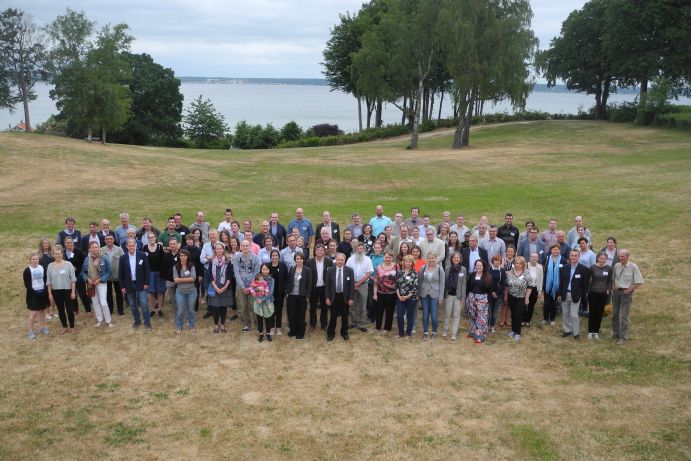Second International Baltic Earth Conference
130 Scientists meet in Helsingør, Denmark for the Second International Baltic Earth Conference. The Baltic Earth network strives to achieve an improved Earth System understanding of the Baltic Sea region as the basis for science-based management in the face of climatic, environmental and human impact in the region. Baltic Earth brings together a broad international research community around core scientific issues identified as fundamental to informing societal efforts to achieve sustainability in the region. Baltic Earth targets the atmosphere, land and marine environment of the Baltic Sea, its drainage basin and nearby areas with relevance for the Baltic Sea region.
Baltic Earth focuses on specific interdisciplinary research challenges formulated by the Baltic Earth Science Steering Group. Additional topics are treated by dedicated Working Groups. Conference topics are based on these challenges:
- Salinity dynamics - Observation and modelling of saltwater inflows and other processes like advection, diffusion and dilution of saltwater, relating to the salinity conditions in the Baltic Sea.
- Land-Sea-Atmosphere biogeochemical feedbacks - Investigations on the marine and terrestrial carbon, nitrogen and phosphorus cycles and pathways towards an understanding of primary production mechanisms and organic matter transformations in the Baltic Sea; biogeochemical causes and effects of eutrophication and oxygen limitations, trace gases dynamics.
- Natural hazards and high impact events - Observations, analysis and modelling of high impact events in the Baltic Sea region; frequency and strength of storm surges and waves, flooding due to extreme precipitation events or droughts; prediction systems, probabilistic estimates and attribution analyses.
- Sea level dynamics, coastal morphology and erosion - Variability and change of sea level, waves, currents, seiches, variations in wind and sea level pressure, river runoff, effects of sea ice, inflows, thermosteric effects, land uplift/subsidence and sediment accumulation/coastal changes. Projections of future sea level rise, observed and projected long-term trends and multi-decadal variations.
- Regional variability of water and energy exchanges - Observation, analysis and modelling of the regional water cycle; precipitation, evaporation, river runoff; hydrological and atmospheric exchange processes; analysis of the natural variability of energy and water components; cloud-aerosol-feedback mechanisms, cloud and atmospheric boundary layer processes; hind- and forecast short- and long-term water and energy exchanges of the past and future.
- Multiple drivers of regional Earth system changes - Interactions between anthropogenic forcings like eutrophication, pollution, fisheries, hydrographic engineering, agricultural and forestry practices and land cover change with natual forcings; analysis and application of coupled Earth system models capturing interactions between atmospheric, marine and land compartments/processes, as well as responses to anthropogenic forcings; regional detection and attribution efforts.
- Regional climate system modelling - Recent progress in the understanding of regional climate variability with special focus on coupled effects between sea, atmosphere, land and anthroposphere.
- Other regional seas - We welcome contributions related to any of the above outlined topics, from similar sea and coastal regions around the world, e.g. the North Sea, the Mediterranean, the Black Sea, or the Bo Hai and Huang Hai areas, and others.




